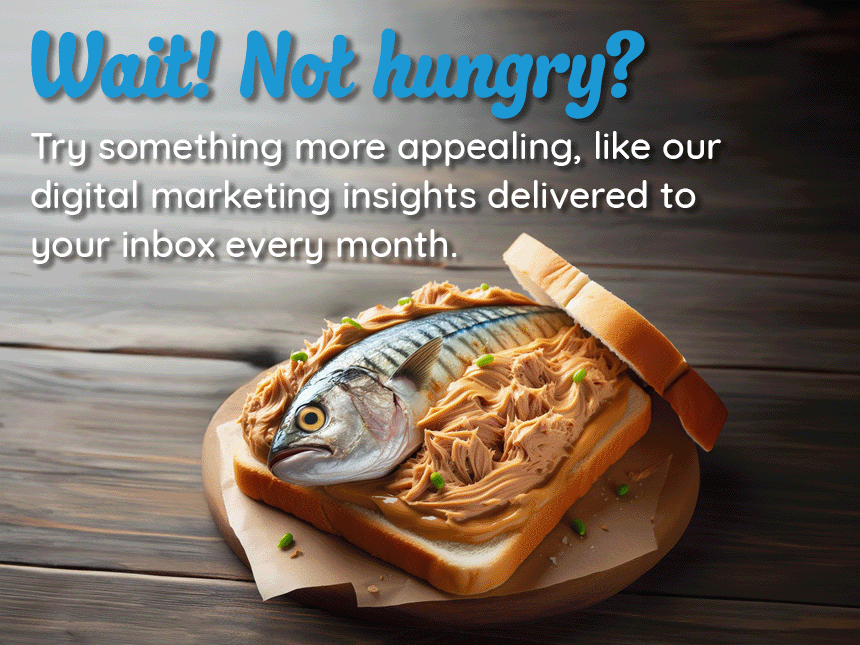PPC Tips for Healthcare Businesses
Paid search advertising is one of the most effective ways for healthcare businesses to attract patients and promote services. But successful healthcare PPC campaigns require a strategic approach, given the unique regulations, patient-centric focus, and competitive landscape.
This article explores essential PPC tips for healthcare businesses and answers the question: Should healthcare businesses use PPC? Spoiler: Yes, they should. But only when campaigns are executed with precision and compliance.
Should Healthcare Businesses Use PPC?
Absolutely. Here’s why PPC is a powerful tool for medical practices:
- Drive Immediate Results: PPC ads place your healthcare practice at the top of search engine results pages (SERPs), ensuring visibility when potential patients search for your services.
- Target the Right Audience: Advanced targeting options let you focus on patients based on location, demographics, and specific medical needs.
- Promote Time-Sensitive Offers: Whether it’s a seasonal flu shot campaign or a new service offering, PPC can quickly attract attention.
- Compete in Crowded Markets: With paid search, smaller practices can compete with larger healthcare systems for visibility and patients.
If executed correctly, PPC is a powerful tool for healthcare practices looking to attract patients and grow their reach.
Top PPC Tips for Healthcare Businesses
1. Use Ad Extensions for Maximum Visibility
Ad extensions expand your PPC ads with additional information, making them more compelling and clickable. In healthcare, they can also provide critical details that help patients make informed decisions.
Recommended Ad Extensions for Healthcare:
- Location Extensions: Display your practice’s address and enable patients to get directions via Google Maps.
- Call Extensions: Include a clickable phone number, especially valuable for mobile users.
- Sitelink Extensions: Direct users to specific pages, such as “Book an Appointment” or “Our Services.”
- Review Extensions: Showcase patient testimonials or ratings to build trust.
- Price Extensions: Highlight costs for consultations or services like physical therapy or dental cleanings.
By using ad extensions, your practice occupies more space on the SERP, improving both visibility and click-through rates (CTR).
2. Use Responsive Search Ads for Flexibility
Responsive search ads (RSAs) automatically test different headline and description combinations to find the best-performing version. In healthcare, this ensures your ads resonate with a diverse audience.
Tips for Effective RSAs:
- Create headlines that focus on patient needs, such as “Same-Day Appointments Available” or “Trusted Care in [City].”
- Highlight your unique value propositions, such as “Board-Certified Specialists” or “Telehealth Options.”
- Include location-specific terms to appeal to local patients.
RSAs allow your healthcare business to adapt messaging dynamically, ensuring the right message reaches the right audience.
3. Optimize Location Targeting
Healthcare services are inherently local, so precision in location targeting is critical for maximizing ad spend.
Best Practices for Location Targeting:
- Use radius targeting to show ads to patients within a specific distance of your practice.
- Set up geo-modifiers to tailor messaging for different regions (e.g., “Top Orthopedic Surgeons in [City]”).
- Exclude areas outside your service range to avoid wasted clicks.
- Adjust bids based on proximity, offering higher bids for users closer to your practice.
Location targeting ensures your ads reach patients who are geographically positioned to visit your practice.
4. Build Optimized, Conversion-Focused Landing Pages
The landing page is where conversions happen—or don’t. For healthcare businesses, an optimized landing page can significantly increase appointment bookings and inquiries.
Key Landing Page Elements:
- Clear and Concise Content: Address patient pain points and clearly outline how your practice can help.
- Call-to-Action (CTA): Use strong CTAs like “Schedule an Appointment Today” or “Call Us for Immediate Care.”
- Trust Signals: Include patient reviews, doctor credentials, and HIPAA compliance badges.
- Fast Load Time: Patients won’t wait for a slow-loading page; ensure your landing page loads in under 3 seconds.
- Mobile Optimization: Many healthcare searches happen on mobile devices, so a responsive design is non-negotiable.
5. Align Your Campaigns with Patient Search Intent
Healthcare searches can vary widely, from informational queries (“What causes back pain?”) to transactional ones (“Find urgent care near me”). Aligning your paid advertising campaigns with patient search intent is essential.
How to Match Search Intent:
- Use informational keywords for top-of-funnel content, like blog posts or educational videos.
- Target navigational keywords for branded searches, ensuring your practice is the first result patients see.
- Focus on transactional keywords for bottom-of-funnel campaigns, such as “book a dentist appointment in philadelphia.”
By understanding patient intent, you can create ads that address specific needs and guide patients through their journey.
6. Audit and Refine Your Campaigns Regularly
The healthcare industry is dynamic, with patient behaviors and search trends constantly evolving. Regular PPC audits ensure your campaigns stay relevant and cost-effective.
What to Monitor:
- Keyword Performance: Identify underperforming keywords and add new opportunities.
- Ad Copy: Test and refine messaging based on CTR and conversion rates.
- Budget Allocation: Adjust bids for top-performing ads or locations.
- Negative Keywords: Exclude irrelevant terms to prevent wasted spend.
- Conversion Tracking: Ensure you’re accurately measuring leads and bookings.
A well-maintained PPC campaign adapts to changing patient needs and market conditions.
7. Keep an Eye on the Competition
Competitive research provides insights into what works in your market, helping you refine your strategy.
Competitive Research Tips:
- Analyze competitor ads using tools like SEMrush or SpyFu.
- Study their landing pages to identify what’s working.
- Look for gaps in their strategy—are they targeting specific services or areas you can dominate?
Differentiation is key in crowded local markets.
8. Embrace Video Advertising
Video ads are a compelling way to connect with patients, especially on platforms like YouTube or social media.
Ideas for Healthcare Video Ads:
- Office tours to build familiarity and trust.
- Patient testimonials to showcase success stories.
- Explainers for procedures or treatments.
Video ads can humanize your practice while driving engagement and conversions.
Final Thoughts: PPC for Healthcare Businesses
Healthcare businesses absolutely should use PPC advertising to connect with patients, promote services, and grow their practice. By following these PPC tips for healthcare, medical businesses can create targeted, effective campaigns that deliver measurable results.
From leveraging ad extensions and responsive ads to optimizing landing pages and understanding patient search intent, a strategic approach to paid search ensures your healthcare practice stands out in a competitive market.
At Arc Intermedia, we specialize in PPC campaigns tailored to the unique needs of healthcare providers. Contact us today to learn how we can help your practice attract more patients and maximize your ad spend.



